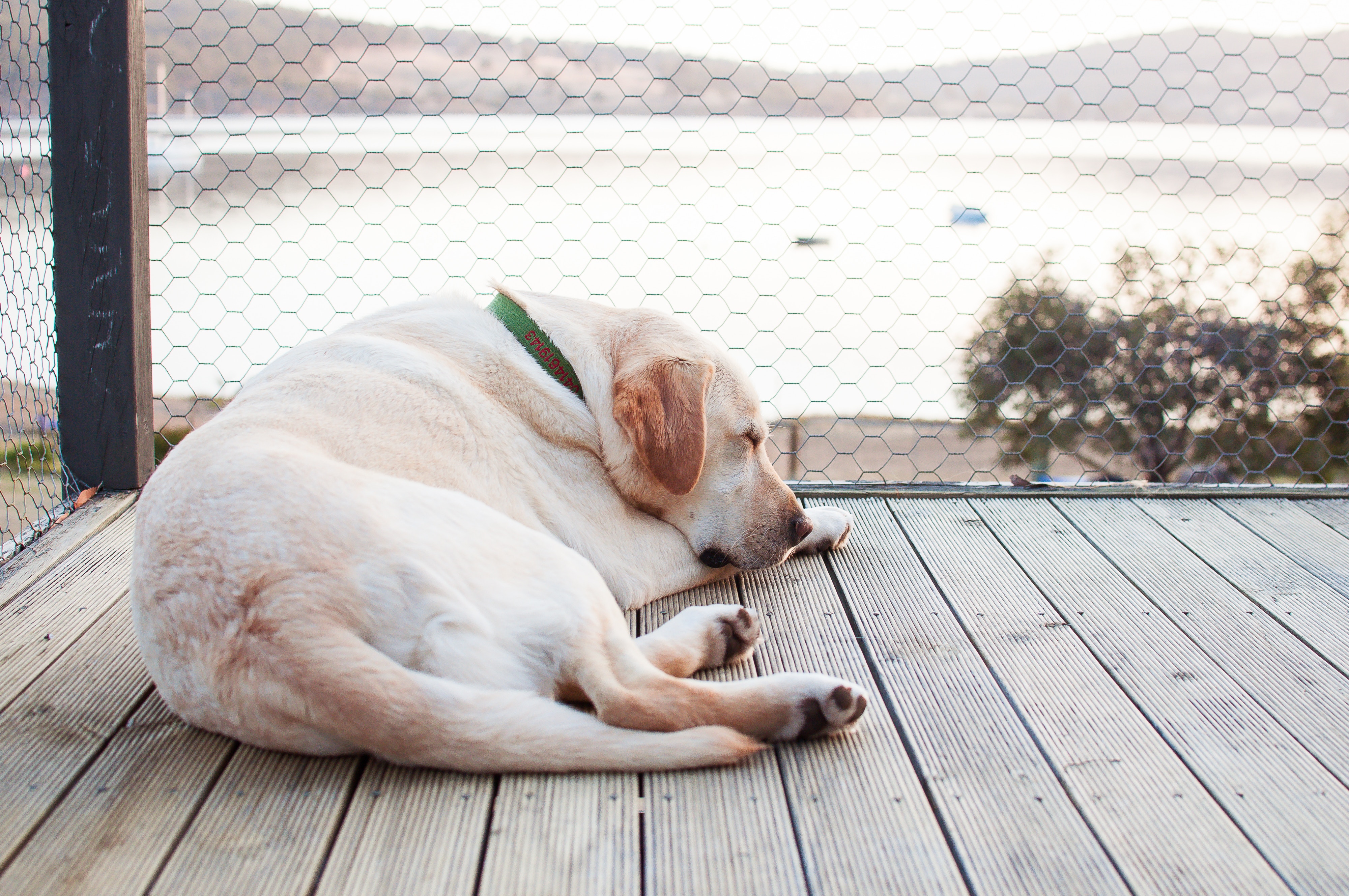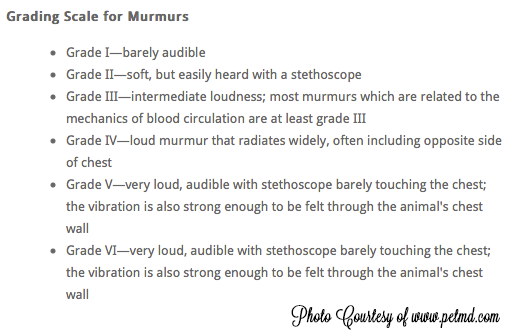I can’t tell you how many patients I had visit the vet hospital with lipomas. Lipomas are so common in dogs. Yet, many pet parents may be unaware of the commonality, evaluation, treatment, and effects on their pet’s health. So Carol from Fidose of Reality and myself want to discuss them with you in detail!
Lipomas are often identified either by a pet parent or during a pet’s annual exam, during the “lumps and bumps” portion of the physical exam. As mentioned, lipomas are common in dogs. How common you ask? “About 16% of dogs are affected, Middle-aged to geriatric dogs are most predisposed.” (Embrace Pet Insurance). Now that we have established their commonality, are they something pet parents should be concerned about? Let’s find out.
Today, we discuss what defines a lipoma, what causes lipomas, if they need veterinary evaluation, and common treatment plans.
What is a lipoma?
Lipomas are subcutaneous (underneath the skin) masses or tumors that develop commonly in dogs. They are usually soft, with limited mobility under the skin. The overlying skin is usually not affected. – PetMD
While most commonly located under the skin, lipomas can develop in the chest and abdominal cavities (Embrace Pet Insurance). If your veterinarian determines your dog’s lumps are lipomas, you may feel very relieved that they are not cancerous, as you should. However, due to their ability to grow (and they can grow really quickly) lipomas can cause problems with mobility. Additionally, there is a possibility that the lipomas can grow large enough to disturb the natural anatomy of your pet, especially when they growth within the chest and abdominal cavities.

Photo by Sarah Crawford on Unsplash
It is important to note that while lipomas are benign, they appear similar to liposarcomas.
Liposarcomas are malignant and can spread (metastasize) to the lungs, bone and other organs. These tumors are rare, but are indicative of the importance of examining all subcutaneous masses respectively. – PetMD
What causes a lipoma?
While there are things you can do to prevent lipomas the exact cause is unknown. Many veterinary professionals assume a genetic component is involved since there is a overrepresentation of lipomas in certain dog breeds (Embrace Pet Insurance). Dog breeds most commonly affected by lipomas include; Labrador Retrievers, Weimaraners, and Doberman Pinschers, according to Embrace Pet Insurance.
When working at the veterinary hospital I noticed a trend. Dogs who had significant changes in weight throughout their life seemed to come in with more lipomas. According to Dr. Karen Becker, I may have been on to something:
There is a connection between the number and size of lipomas on a dog, his ability to metabolize fat, and his overall vitality. Dogs with an under-performing metabolism have a greater tendency to develop lumps of fat. – (Healthy Pets Mercola)
It’s important to note that among dogs, obese adult female dogs are particularly at risk for developing lipomas throughout their life (Embrace Pet Insurance).

What can I do to prevent lipomas?
Dr. Becker recommends that in addition to healthy diet and exercise, pet parents should be mindful of their dog’s BMI (Body Mass Index), which in veterinary medicine is often measured as their Body Condition Score. Exercise by virtue of increased circulation and lymphatic drainage, decreases the opportunity for lipomas to form. Along those same lines, Dr. Becker recommends adding canine massage and chiropractic to your dog’s health routine in order to further prevent lipomas from forming (Healthy Pets Mercola).
Do lipomas need veterinary evaluation?
Yes! First of all, you never want to assume that a lump on your dog is a lipoma. It’s very important to have all “lumps and bumps” checked by your veterinarian. Often, veterinarians will keep track of where your pet’s lumps are using a diagram in your pet’s medical record. In addition to keeping track of the location of the “lumps and bumps” on your pet, it’s imperative to keep track of the size, shape, and feel of each. Based on how fast it’s growing and how it is affecting your dog’s overall health, your veterinarian can better assess when a lump or bump needs removal.
What is the treatment plan if my dog has lipomas?
It really depends on a few variables. Firstly, your veterinarian will want to confirm that the lump is indeed a lipoma and not a malignant tumor. Sometimes this is done through a visual exam, often for peace of mind and assurance, your veterinarian will conduct a fine needle aspirate of the lump to determine if it is indeed a lipoma (PetMD). If the lipoma is internal, or infiltrative, your veterinarian will require imaging to determine location and a plan for removal. Often, the lipomas found within the body cavity are most intrusive and your pet may be experiencing clinical signs of discomfort. The good news is, in a 2006 study, all dogs that had the benign tumors (lipomas) removed saw a decrease in clinical signs after surgery.
Once your veterinarian has identified the cell make up and location of your pet’s lipoma, they will assess if the lipoma is impeding your dog’s mobility in any way. Occasionally, your veterinarian will recommend removing the lump(s) if they have grown large enough, and it’s precluding your pet’s quality of life in some way.
Has your dog ever had a lipoma? We would love to hear your thoughts and feedback in the comments!
As always, please hop over the Carol’s blog, Fidose of Reality for her mom perspective on Canine Lipomas.




